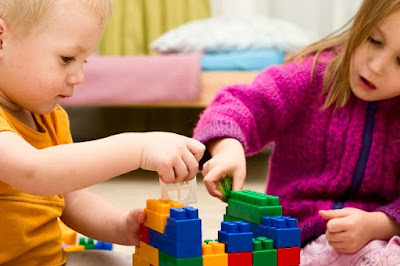Occupational Therapy for People with Mental and Physical Disabilities
Intellectual disability is a collective term for a wide range of manifestations and degrees of intellectual disabilities. Children with intellectual disabilities can show different levels of development in the motor, socio-emotional and cognitive areas. With certain impairments, they can find their way around largely independently in adulthood without external help. For others, on the other hand, it is possible that they need 24-hour care to find their way in everyday life. This is where occupational therapy plays its role.
What is occupational therapy?
Occupational therapy is one of the methods of rehabilitation treatment aimed at the optimal involvement of the patient in daily activities - work, study, household chores, caring for others, and meeting personal needs.
How can occupational therapy treatment for Down syndrome take place?

It is important to find out where the child is currently in their developmental stage. Occupational therapy is based on the different spheres of life of a child and their capacity building. If the child has increased difficulties expressing himself to his environment, it is important to set this as a goal. The aim here can be to improve both verbal and non-verbal communication.
If more aggressive behavior patterns occur, it is helpful to give those affected an opportunity to relax, e. After such a relaxation phase, the children are often better able to respond to play offers that they have previously refused and rejected. This enables them to learn new behavioral patterns.
It is important to adapt the environment to the child. Through various aids, the child can be offered support as early as infancy and toddler age, to acquire self-help skills, to develop linguistic or motor skills with support.
Children with Down syndrome also have difficulties in their overall development, as this is much slower than that of their peers. During treatment, it is therefore particularly important to pay attention to the child's individual pace to avoid being overwhelmed.
In occupational therapy, it is also important to include the parents. In particular, the approach to everyday activities can be trained together with the parents so that the treatment goals can be transferred more quickly to the home environment.
To give these children the opportunity to develop the language adequately, the participation of all family members and the entire immediate social environment, e.g. parents, siblings, teachers, kindergarten teachers, all who have to do with the child's environment is required.
The long-term goal of occupational therapy is to pursue the maximum level of development. The focus is on enabling participation in society and offering the child the greatest possible independence.
Those who are willing to make their career in this field can join an occupational therapy course online at Speak Easy Solutions. Find the best instructor for you. Choose from different topics, languages, and skills.



Comments
Post a Comment